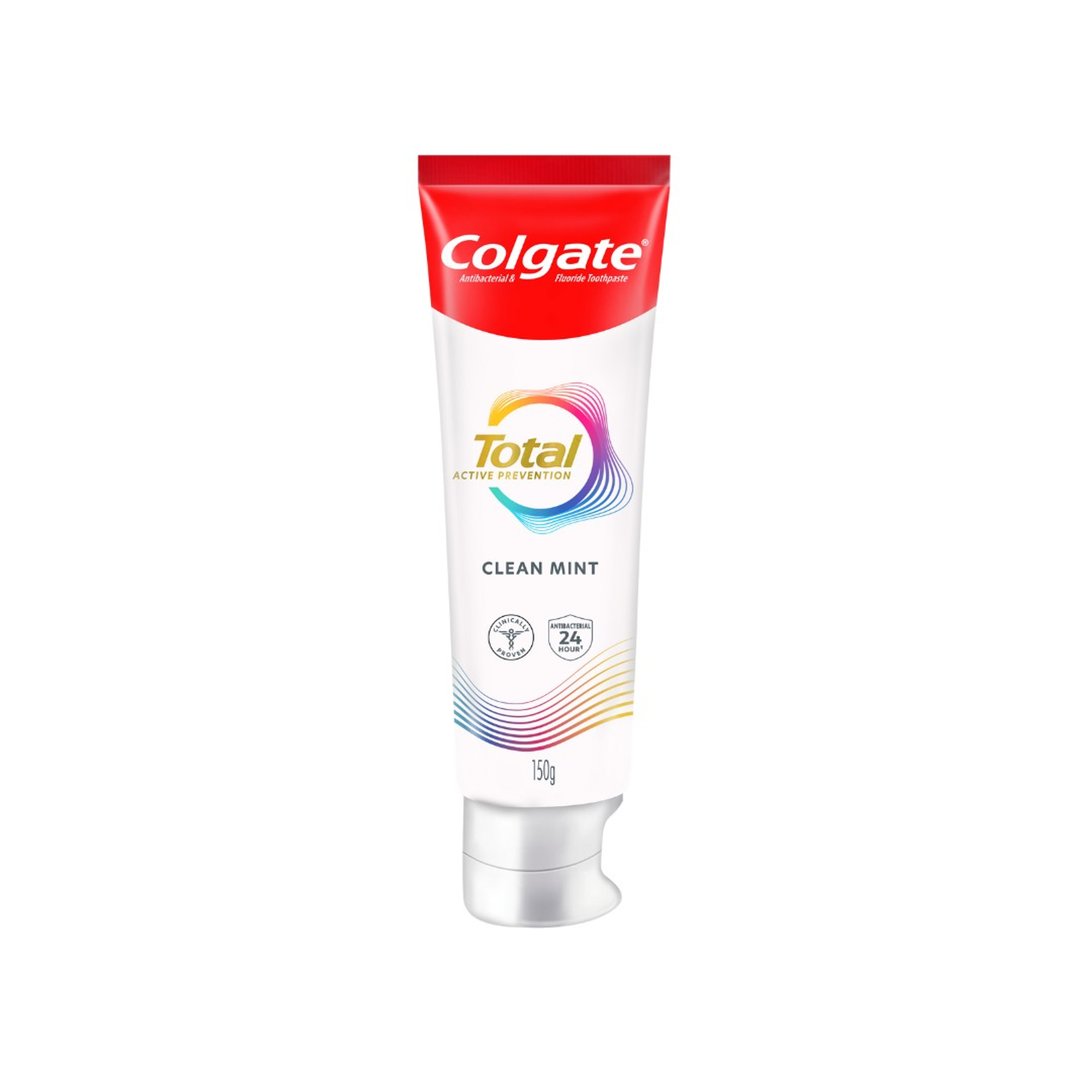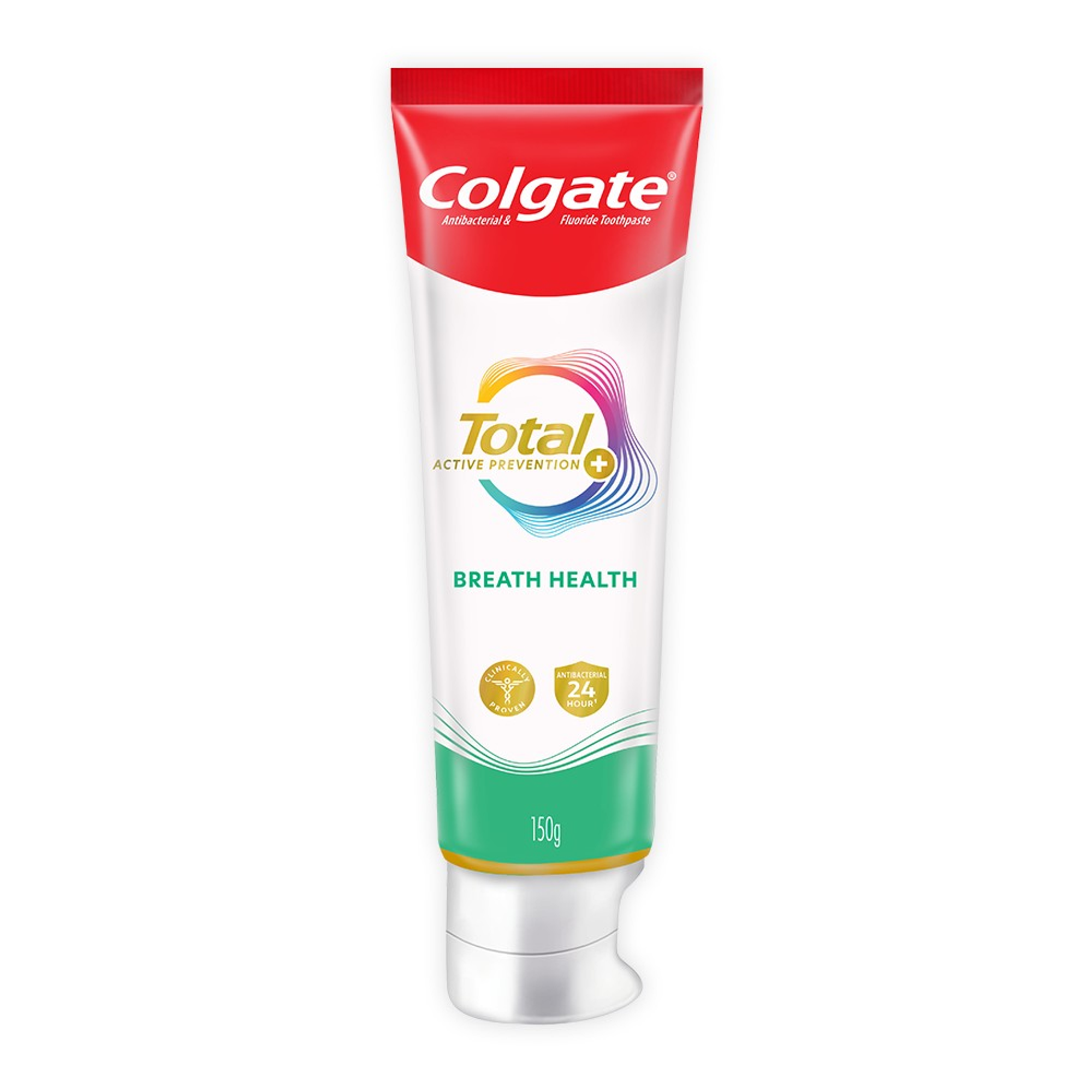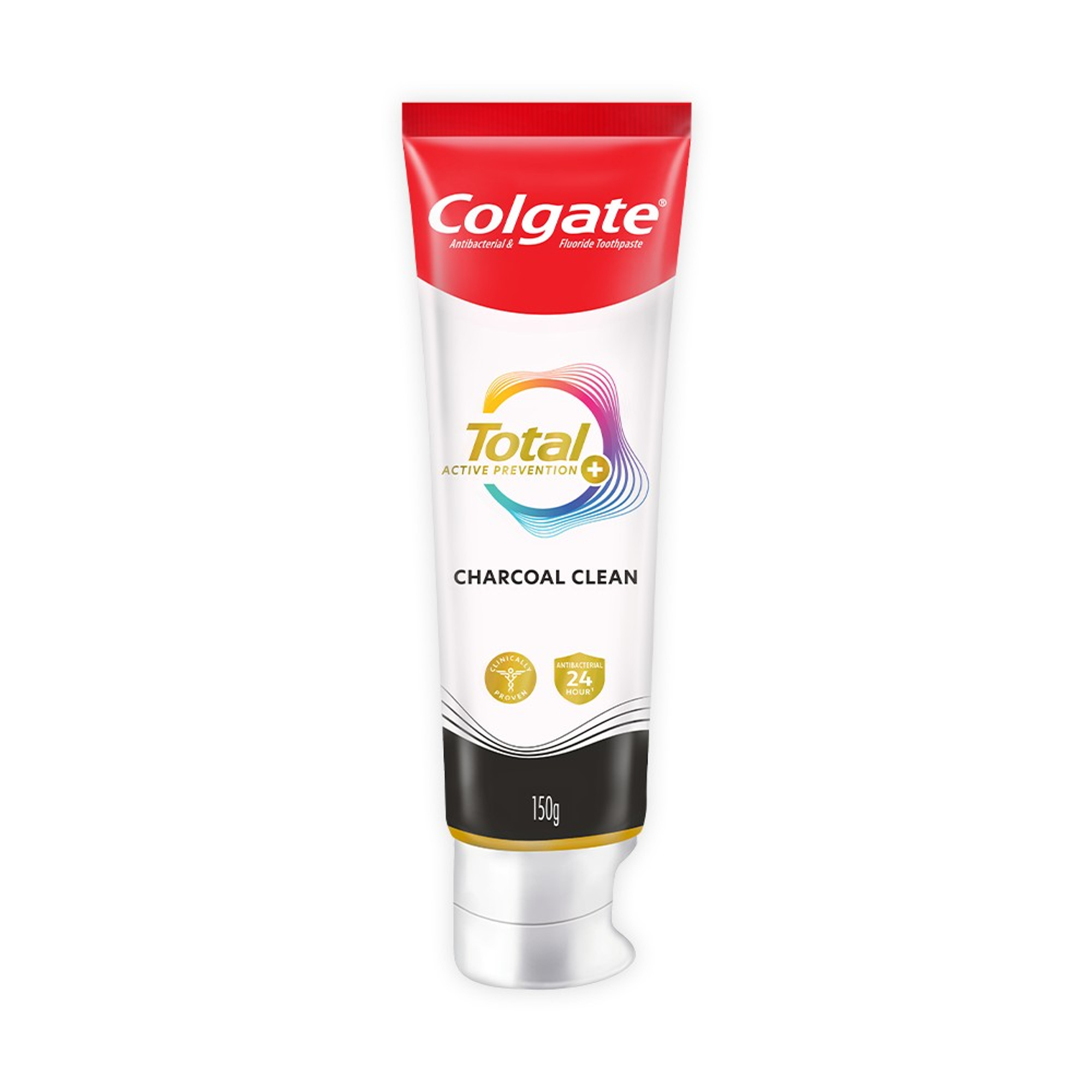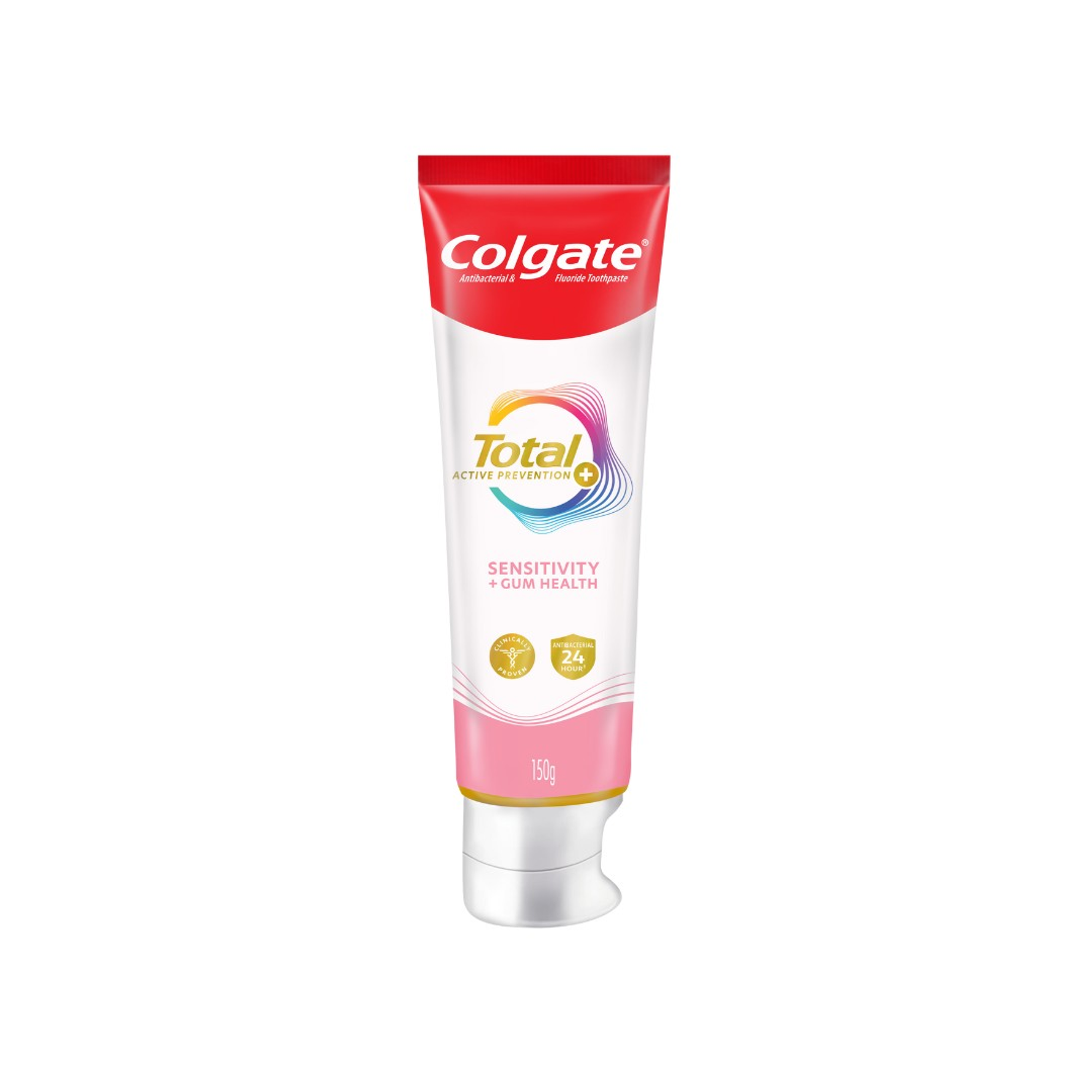-
-

ADULT ORTHODONTICS
Should You Use Mouthwash Before or After Brushing?Brushing and flossing are the foundation of a good oral hygiene routine, but mouthwash can also be a useful addition...

SELECTING DENTAL PRODUCTS
Soft Vs. Hard Toothbrush: Which One Should You Use?The toothbrush has come a long way. As the American Dental Association (ADA) notes...
-
Science & Innovation
- Oral Health and Dental Care | Colgate®
- Oral Health
- What Are Lingual Braces?
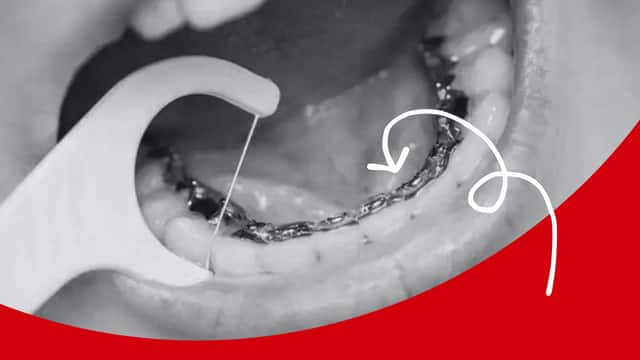

How Do Lingual Braces Work?
It’s almost the same as getting regular, frontal braces. A dental professional takes an impression of your teeth, which is then sent to a dental laboratory to create custom-made brackets. This fabrication typically takes around six weeks. Once ready, your orthodontist carefully cements the braces onto the back of your teeth. Lingual braces function similarly to traditional braces by applying gentle yet consistent pressure, gradually guiding your teeth into their proper positions. The treatment duration can range from 18 to 36 months, depending on the severity of teeth overcrowding or bite issues.
Is Lingual Braces Right for You?
Lingual braces offer a host of benefits that make them an attractive choice for various individuals. You might find lingual braces suitable if:
You want to straighten your teeth while maintaining a professional look.
You are concerned about the appearance of visible braces.
You play a wind instrument, as traditional braces may interfere with playing.
You participate in contact sports, where lingual braces can offer added safety.
However, it's important to note that, like any orthodontic treatment, lingual braces may not be suitable for everyone. The best candidates are typically teens and adults with normal-sized teeth. Children are usually not eligible candidates due to their smaller primary teeth. Additionally, individuals with severe bite problems might not be ideal candidates for lingual braces.
What Sets Lingual Braces Apart From Traditional Braces?
Beyond their discreet appearance, lingual braces differ from traditional braces in a few key ways. These customized braces tend to be more costly than conventional braces. It's advisable to consult your dental professional to discuss the price difference between the two options.
In the initial weeks after getting lingual braces, you may experience some difficulty with daily habits and speaking. This is primarily due to their placement close to your tongue. However, most people adapt to eating and speaking comfortably within the first month of having lingual braces.
Taking Care of Your Teeth With Lingual Braces Maintaining excellent oral hygiene is crucial, regardless of the type of braces you choose. Food particles can get trapped in the brackets and wires, leading to plaque formation and potential tooth decay. It's essential to brush your teeth after every meal, paying special attention to the gumline, above, and below the brackets of your braces. Since lingual braces are positioned on the back of your teeth, make sure to clean that area effectively. A toothbrush with a narrow tip can be especially helpful in accessing the back of your teeth.
In conclusion, lingual braces offer an aesthetic advantage to teens and adults who require minimal teeth straightening and wish to avoid the conspicuous appearance of traditional braces. While the treatment duration for adults might be slightly longer, the discreet nature of lingual braces often makes them a worthwhile choice. With lingual braces, you can achieve a beautiful, straight smile without anyone noticing you're wearing braces.
Remember to consult with your orthodontist or dental professional to determine if lingual braces are the right solution for your unique needs. Start your journey towards a straighter, more confident smile today!
Related Articles


Bleeding gums are a common sign of gum issues. Discover what causes them and how to treat each cause effectively to protect your oral health
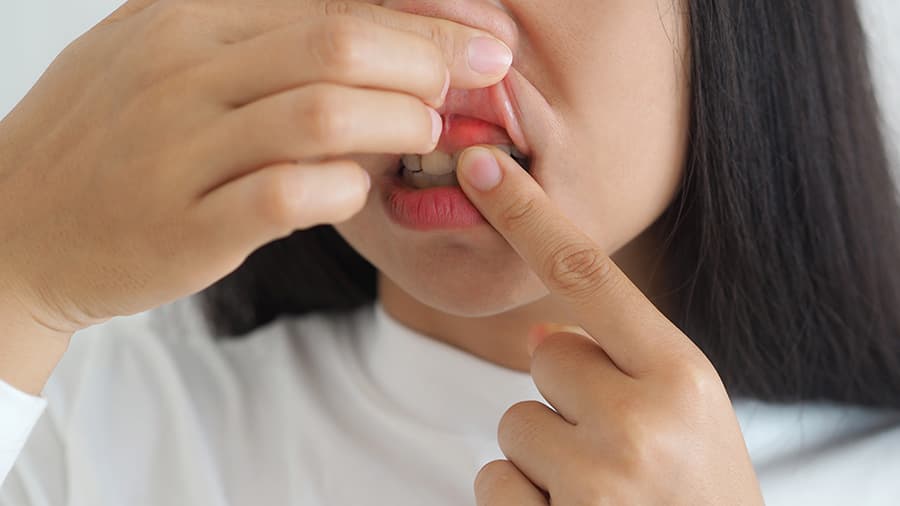
A periodontal abscess is a painful gum infection caused by bacteria in deep pockets around teeth, linked to swelling, redness, and severe discomfort.
Related Products

Helping dental professionals
More professionals across the world trust Colgate. Find resources, products, and information to give your patients a healthier future




